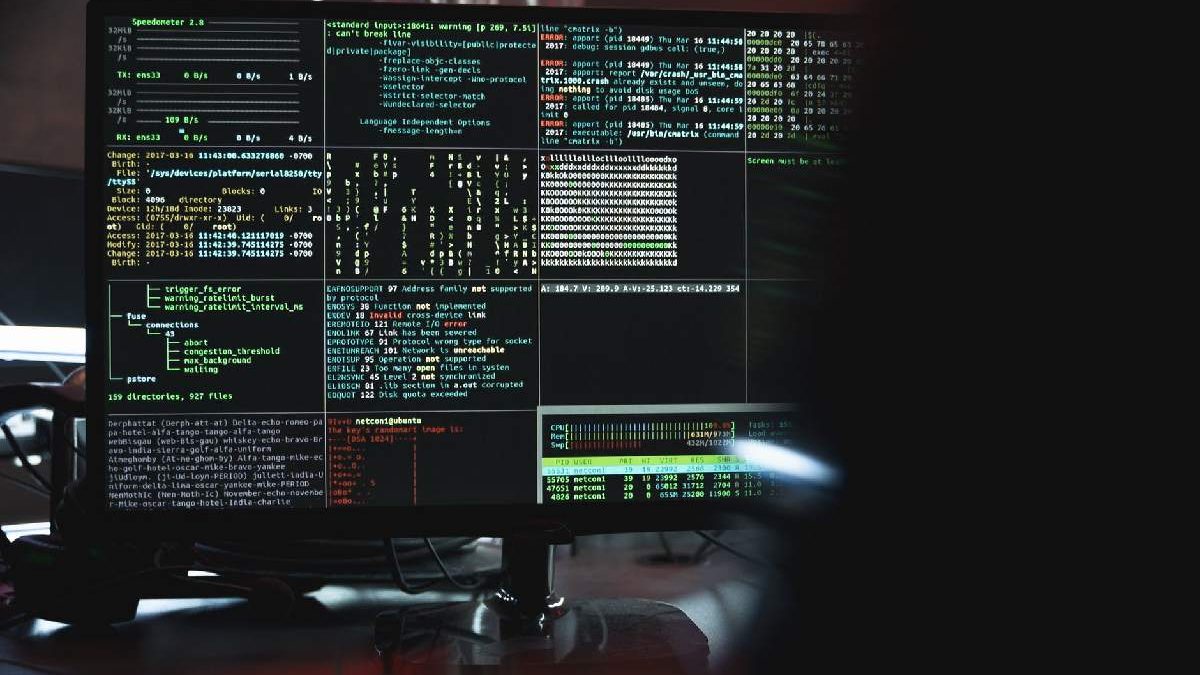DDoS attacks are a common and growing cybersecurity threat. While they originated over two decades ago, they have become much more widespread and sophisticated over the past few years. A probably most famous attack, a 15-year-old Canadian named MafiaBoy took over a network of bots and created the largest DDoS attack in history. The attacks targeted websites and services, causing massive disruption and data loss.
The wrangler of the botnet is the one behind the attacks. He or she uses a central server or network of servers to issue commands. The commands are referred to as Command and Control traffic. This network traffic is usually spoofed to make it difficult to detect the botnet operator. The administrator of the botnet issues commands to manipulate network services or devices. DDoS attack victims experience a significant slowdown in their web pages and are made aware of it.
A DDoS attack can appear as a benign event. A DDoS attack can be a relatively simple cyberattack, as the attacker does not need to install any code on the victim’s server. Instead, the hacker uses thousands or even millions of compromised machines in a botnet to send out millions of pings. These pings simulate an enormous number of machines trying to connect to a website.
How DDoS Attacs Look Like
DDoS attacks are categorized according to the layer that the attack is targeting. In some cases, a DDoS attack will target only a small section of a network, while others will target the entire network. DDoS attacks are classified based on the layers of the network connection. An internet connection is compose of seven layers, or virtual circuits, which are the physical connections between computers. Each layer carries instructions that instruct the compromised devices to send fake traffic to a server or website.
A SYN flood is similar to a high-school graduating class prank. The entire class calls a pizza restaurant at the same time. When the delivery person arrives at the restaurant, he realizes that he has to deliver more than a dozen pizzas because of the lack of addresses on his list. As a result, all delivery is halted. A SYN flood is an example of a type of DDoS attack.
A DDoS attack doesn’t necessarily require a botnet. An attacker may simply manipulate a network device to generate traffic. They don’t even need a botnet to conduct a DDoS attack. Despite its name, a DDoS attack is an attempt to take down an entire network. The attacks can result in loss of service and financial damage for the victim. In some cases, a DDoS attack will be limit to a single domain or web server.
Who mostly suffers from hacker attacks? It can be the largest business like Amazon, Dell, eBay and others. Popular targets are also online casinos, which lose a considerable amount of money with every minute out of order. Which is mentioned in some best online casino reviews on many sites over the internet.
When a DDoS attack is target at a specific network, it is often a result of a disproportionate number of connections. And also, DDoS attacks can cause the entire network to go down. A lagging DDoS attack can also affect individual networks. Some of these attacks can be successful without malicious intent. Nevertheless, any attack is a threat. A DDoS can cripple a business, so it is vital to prevent it.
How to Protect Yourself from DDoS Attack
The DDoS attack is similar to the zombie apocalypse that is happening online. You’re not prepare to handle zombies attacking your website. This is a deliberate act to drive people away from your site. A DDoS attack can severely damage your brand reputation and can destroy your online business. Fortunately, there are ways to mitigate the damage caused by a DDoS attack. The following tips will help you mitigate the risk and minimize the impact of a DDoS attack.
Defending against denial of service attacks typically involves using a combination of attack detection, traffic classification and response tools designed to block traffic that they identify as illegitimate and allow traffic that they identify as legitimate.
What you can use to defend against DDoS attack:
- Firewalls
- Front end hardware
- Switchers and routers
- IPS prevention
- DDS based defense
- Blackholing a sinkholing
A DDoS attack can affect a network of millions of endpoints in just a few minutes. It is also common to see massive amounts of legitimate web traffic. And also, This can overwhelm a server and drive away customers. Therefore, it is essential to have a system that can distinguish between legitimate traffic and a DDoS attack. A DDoS attack can have a huge effect on a business and can result in serious damage and lost productivity.

